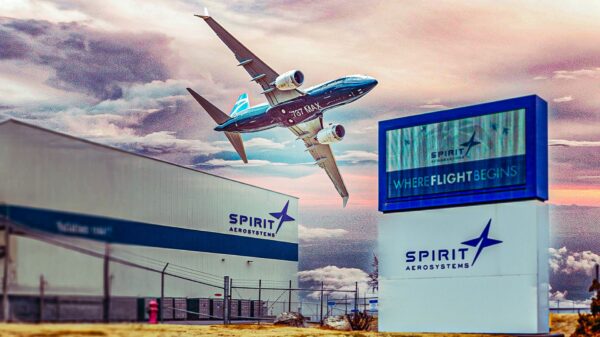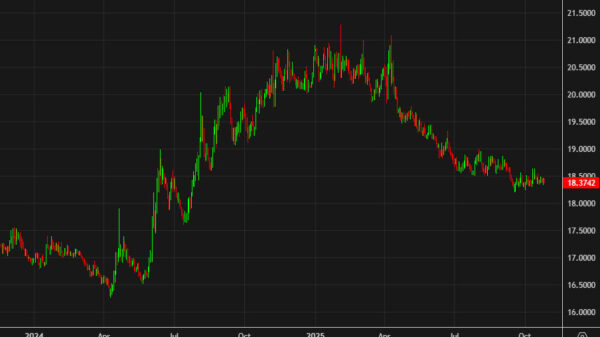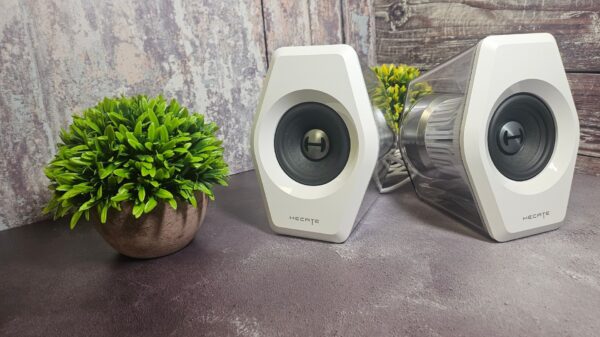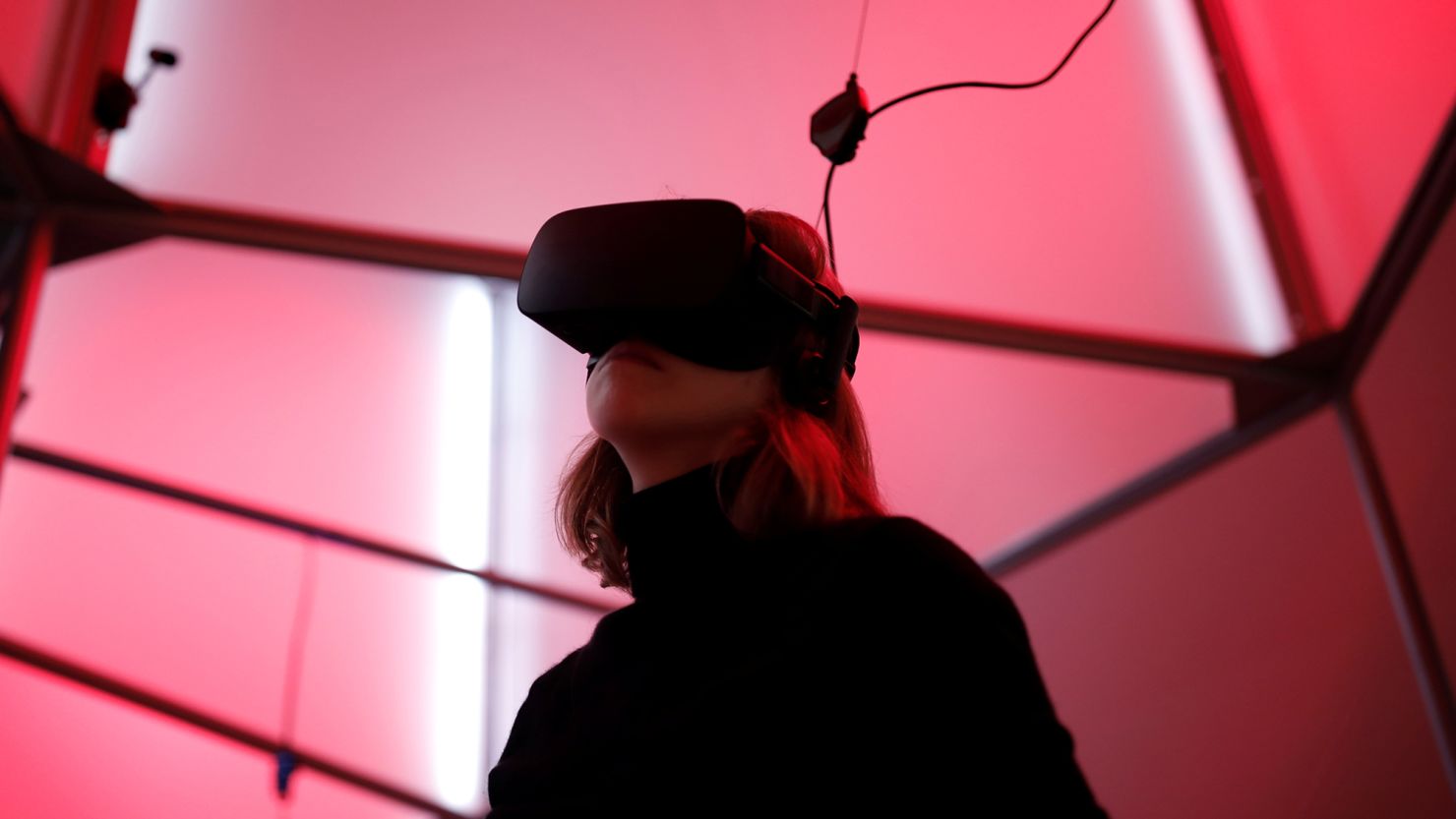Virtual reality (VR) is on the cusp of a significant transformation in the entertainment industry, as major tech companies ramp up efforts to make immersive experiences mainstream. After more than a decade since the release of the Oculus Rift, recent developments indicate that the long-anticipated shift may finally be within reach.
Reports from The Wall Street Journal highlight that Meta is engaging in discussions with prominent entertainment companies, including Disney and A24, to create immersive content for its Quest VR headsets. Additionally, Apple has announced updates for its Vision Pro headset, allowing users to share 3-D content and enhancing its performance for experiences like the immersive Metallica concert launched earlier this year.
The increased collaboration between tech and entertainment giants suggests a renewed belief that consumers may be willing to invest in VR experiences for concerts, films, and sports events, moving beyond traditional screen viewership.
The Shifting Landscape of VR Technology
In the decade since the Oculus Rift’s debut, advancements in VR technology have led to lighter and more powerful headsets. Companies are finally beginning to explore VR as a viable storytelling medium. In June 2024, Meta offered live, virtual rinkside tickets to Stanley Cup games, following similar initiatives in the NBA and WNBA. VR concert experiences, such as Alicia Keys and Blackpink, have drawn audiences, while Disney launched a Disney+ app for the Vision Pro on its first day of release.
Despite these initiatives, the VR industry has faced challenges, often trapped in a “chicken-and-egg” paradox. To attract quality content, headsets require mass adoption, but widespread use hinges on appealing content. Sarah Malkin, director of entertainment content for Meta’s VR division, believes this cycle is breaking. “I think the ‘it moment’ is when you are regularly engaging in experiences in mixed reality that are super complementary and part of your integrated life,” Malkin stated.
According to IDC, global shipments of augmented reality (AR) and VR headsets reached approximately 7.5 million units in 2024, with a significant increase to 3.4 million in the United States. Although IDC forecasts a decline in shipments for the current year due to delayed product launches, a substantial rebound is projected for 2026, with an anticipated growth of 98.5% to 11.3 million units.
Investments and Challenges Ahead
Despite the excitement surrounding VR, the results have not always matched the hype. Mark Zuckerberg’s Metaverse initiative has incurred losses of $46 billion over three years, with Reality Labs reporting an operating loss of $4.2 billion in Q1 2024, alongside sales of only $412 million. Yet, tech companies persist in exploring this evolving technology.
Meta’s investment of $3.5 billion in eyewear manufacturer EssilorLuxottica signals ongoing commitment, while Snap plans to introduce new augmented reality spectacles next year. Google is also collaborating with partners like Xreal and Samsung on upcoming headsets that utilize its new Android XR software.
As the industry evolves, experts like Bertrand Nepveu from Triptyq Capital emphasize the necessity of wider adoption. “It’s still early, but there’s no technical limitation right now; we need people to invest because you need a critical mass,” Nepveu mentioned.
The potential for VR to become a major distribution platform comes at a critical time for the entertainment industry. As traditional media faces challenges from streaming and changing consumer habits, immersive experiences could provide a new avenue for revenue generation. Jack Davis, co-founder of CryptTV, asserts that VR could play a vital role in filling the gaps left by structural changes in TV and film.
However, the industry must overcome budgetary constraints and content hurdles. Investment in VR has lagged behind other technologies such as AI and self-driving vehicles. Funding data from Crunchbase indicates that XR funding peaked at $4.087 billion in 2021 but fell to only $347.69 million by 2025. In contrast, AI investments surged from $39.96 billion in 2019 to $105.36 billion by 2025.
Despite these challenges, Nepveu suggests a shift is occurring. “Now that AI is more understood, budgets are going back into XR,” he noted. Yet, convincing consumers to invest in VR headsets remains a significant challenge. Apple has emphasized the Vision Pro as a spatial computing tool, highlighting its productivity capabilities beyond entertainment.
As the industry looks ahead, experts remain divided on when VR will achieve mainstream success. Predictions vary from one to seven years, but some believe that the future of content consumption may soon render traditional 2-D formats as outdated as black-and-white films.
The convergence of technology and entertainment may soon offer consumers an immersive experience that changes how they engage with content, potentially reshaping the industry’s landscape for years to come.






































































